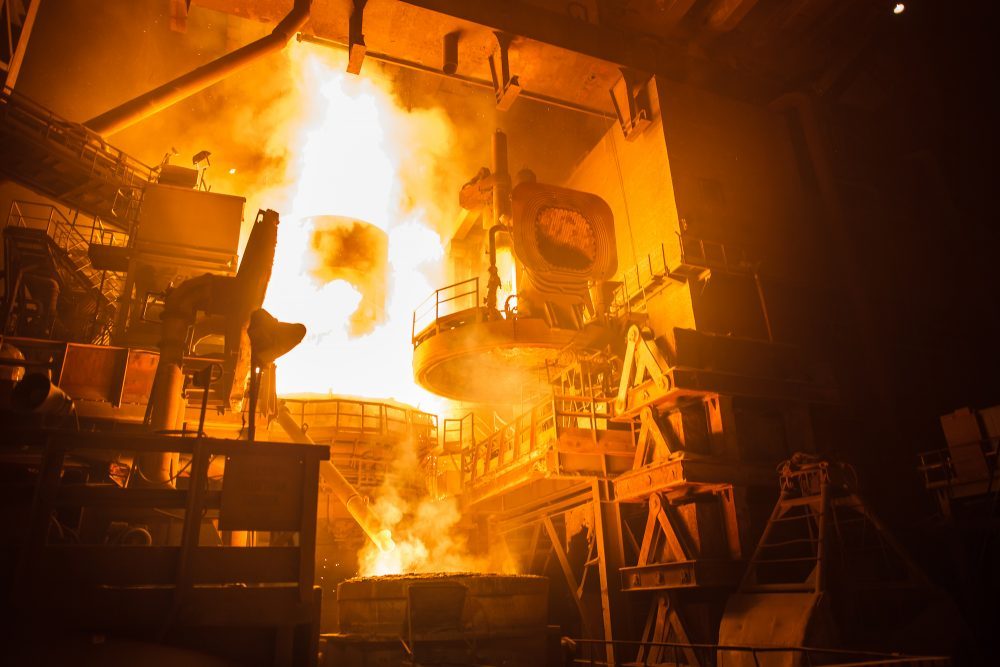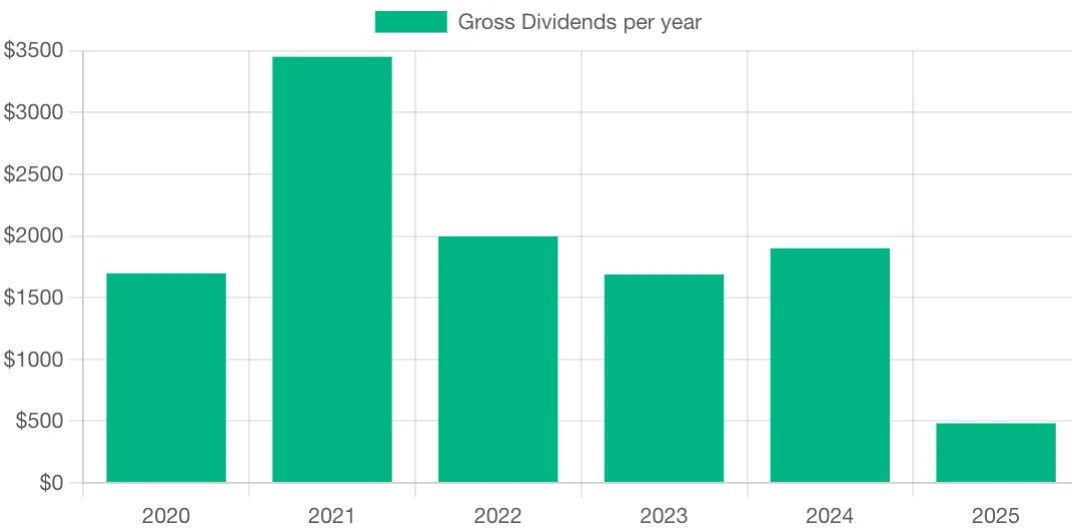REA share price in focus
REA Group, best known for its realestate.com.au platform, is a Melbourne-based real estate advertising company majority-owned by News Corp.
Today, REA Group operates property websites in around 10 countries used by some 20,000 agents. In a typical month, the core Australian website gets over 55 million visits. While the business has diversified globally, Australian operations still account for the bulk of revenue. Within Australia, REA makes money by listing properties for sale or rent and charging listing fees. They also have a financial services arm offering services like mortgage broking, but this is a much smaller part of the business.
REA’s competitive advantages, like any other established platform, are network effects and economies of scale. In other words, Domain (the #2 market player) is significantly smaller than REA in terms of users and views. This gives REA greater market power and pricing control. REA also benefits from owning assets across all parts of real estate, including listing, advertising, mortgage broking, and house sharing.
Let’s talk profits
Annual reports and income statements can be very complex and hard to get your head around as a new investor. While there are any number of figures you could pull from the income statement, three key ones are revenue, gross margin, and profit.
Revenue is sometimes referred to as the ‘top line’ – everything starts here. If you can’t generate revenue, you can’t generate profit. What we’re interested in is not so much the absolute number, but the trend. REA last reported an annual revenue of $1,677m with a compound annual growth rate (CAGR) over the last 3 years of 18.6% per year.
Gross margin is the next big number on the income statement. The gross margin tells us how profitable the core products/services are – before you take into account all the overhead costs, how much money does the company make from selling $100 worth of goods/services? REA’s latest reported gross margin was 64.3%.
Finally, the number we’re most interested in – profit. Last financial year Rea Group Ltd reported a profit of $303m. That compares to 3 years ago when they made a profit of $323m, representing a CAGR of -2.1%.
A pulse check on REA shares
The next thing we need to consider is the capital health of the company. Is the company generating a reasonable return on their equity (the total shareholder value) and do they have a decent safety buffer? One measure we can look at is net debt. This is simply the total debt minus the company’s cash holdings.
In the case of Rea Group Ltd, the current net debt sits at -$62m. High net debt can mean higher interest payments, greater instability, and higher sensitivity to interest rates. A negative value on the other hand indicates the company has more cash than debt – a good position to be in.
Another figure we can look at is the debt/equity percentage. This tells us how much debt the company has relative to shareholder equity. In other words, how leveraged is the company? REA has a debt/equity ratio of 17.8%, which means they have more equity than debt.
Finally, we can look at the return on equity (ROE). The ROE tells us how much profit a company is generating as a percentage of its total equity – high numbers indicate the company is generating a lot of value for investors, while a low number raises concerns that capital isn’t necessarily being allocated efficiently. REA generated an ROE of 18.9% in FY24.
What to make of REA shares?
With a high ROE and strong revenue growth over the last 3 years, the REA share price looks like one to watch in 2025. However, take note of the negative trend in profits – this is something to keep an eye on.
Please keep in mind this should only be the beginning of your research. It’s important to get a good grasp of the company’s financials and compare it to its peers. It’s also important to make sure the company is priced fairly. To learn more about share price valuation, you can sign up for one of our many free online investing courses.







